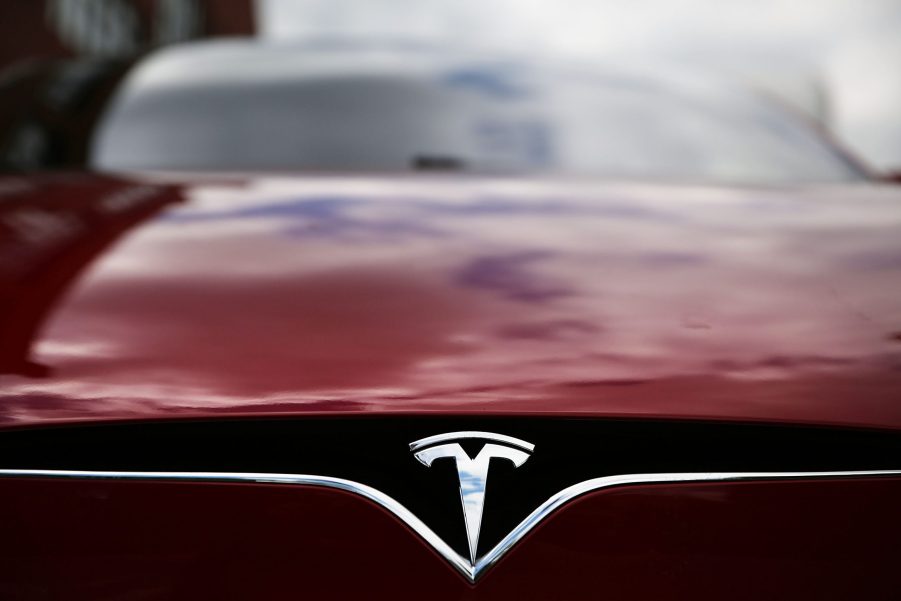
The Tesla Model S Has Some Interesting Competition for Most Popular EV
The Tesla Model S is a hell of an EV. Currently, the top-tier Plaid model is just about the fastest thing in a straight line out there. However, its biggest competitor isn’t another luxury EV like a Lucid or Rivian. No, it’s something a little more… economical. The Nissan Leaf. Frankly, it’s pretty surprising. The two really could not be more different. However, given the wealth divide we see in America, maybe it makes sense.
The Tesla Model S deserves its spot

I’m going to try really hard to be nice to Tesla here, as I’m historically not. For good reason. However, that said, the Tesla Model S is a fantastic EV. No, it’s a fantastic car. It absolutely deserves that MotorTrend Car of the Year spot it won a few years back. I struggle to think of another car that has led to the adoption of an entirely new industry since the Ford Model T.
The Tesla Model S is truly groundbreaking. It made EVs cool again. Now, the Model S Plaid is just about the fastest thing on the street, with a near two second 0-60 time. Not to mention the Supercharger network, which works beautifully. The only drawback is its price. A used Model S, current market notwithstanding, will set you back around $50-$80,000. The new Plaid? North of $100,000.
Nissan’s Leaf is the EV for the masses

That’s where the Nissan Leaf comes in. You can lease one of these bad boys for under $200 a month, even in this market. For a brand-new EV. It’s no wonder iSeeCars discovered it was, state-by-state, more popular than the Tesla Model S. At least in the 25 states with the highest EV sales. Frankly, it’s easy to see why. The Leaf is the chariot of the EV masses. Its small, economical, and practical. That formula is exactly what made watershed cars like the VW Golf so popular.
Of course, price has quite a lot to do with it. A Tesla Model S is expensive. Most people can’t afford it. However, as I said above, the Leaf isn’t. It’s reasonable to own and insure for a much larger number of people. Put in hard numbers, a 2022 Nissan Leaf will set you back around $30,000 with options.
What does the wealth gap have to do with all this?

And that speaks to the divide of wealth in our country. The wealthiest percentages of our country make more than the majority of us. Some could buy a Tesla Model S a day and not lose their asses over it. The rest of us simply can’t EV ownership has become a reflection of our net worth, just as so many other aspects of our society have. That’s something we need to change, but for now, it at least makes sense why the Nissan Leaf is the Tesla Model S’s biggest competitor.


